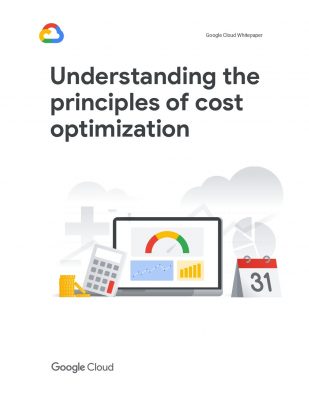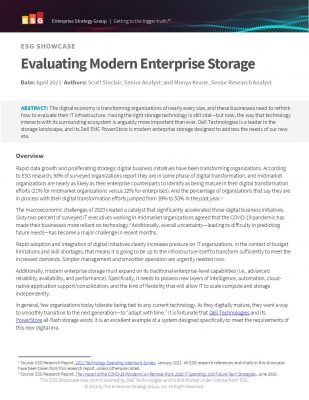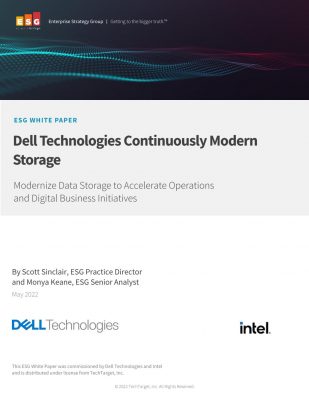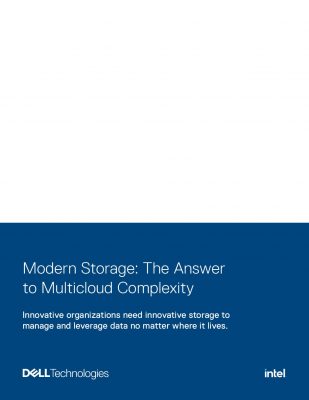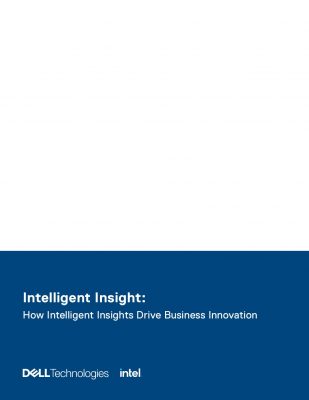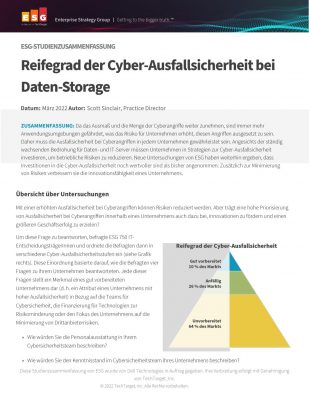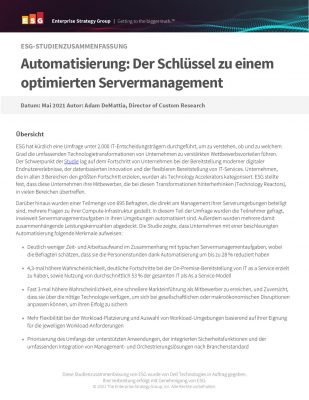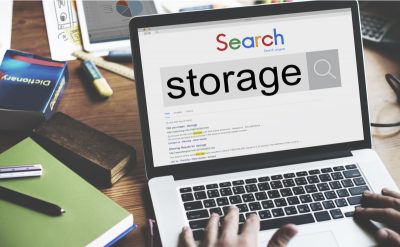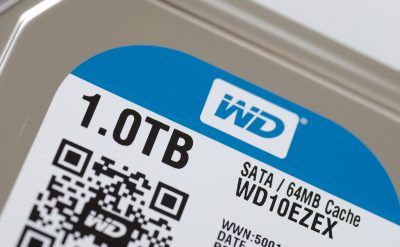Every technology business today faces an uphill task of data management for every storage unit. With cloud and on-premise, the data solutions are shadowing many of the current data management solutions; businesses are looking for AI-based solutions to match data to micro-level and even create copies for the sensitive data.
Even compliances and regulations are pushing businesses for more effective data management. The large increase in the information storage capacity and the sheer amount of data and documents being generated by organizations are kickstarting the businesses’ move toward more of data management solutions, which have intelligence at the core to tackle data sprawl.
As per a recent prediction by International Data Corporation (IDC), the amount of information generated is set to increase ten-fold by 2025. These large sums of data by the business systems that include ERP systems, CRM systems, and even general business documents are often referred to as big data.
To make businesses deal better with a variety of data, and to bring efficient management, it is important for the companies to deal with new challenges. To deal with challenges pertaining to data, a new category of software has been launched recently, known as the Storage Management Software (SMS). There are 2 major software solutions for data management, one is Hierarchical Storage Management (HSM), while the most recent one being SMS. Many businesses think that both the solutions are similar to each other, but there are clear differences in their objective. Both solution types keep frequently accessed data on a high-performance storage unit, which is also the most expensive one, while all the other data is migrated to other types of storage units.
The newest development for the HSM solution is seen in the flash memory and hard disk drive. Flash drives offer 30 times faster speed than the disk speed, but, currently, the disk is almost 30 times cheaper than flash. HSM works similarly like any cache of computers that we see in CPUs, wherein the small amount of data is stored in the SRAM. SRAM offers very high-speed memory, which is used to store the most frequently used data, and the least frequently used data is stored in DRAM. SMS is the newer version of HSM, wherein the businesses will be getting a more improved version of storage management. SMS is still largely easy to use and simple to navigate, bringing more efficiency to data management.
Business storage facilities still need a common vocabulary for better communication, and whenever the file is moved, many breadcrumbs are left behind. Stub files, HTML links, and symbolic links are the necessary links that are left behind in the system that provide an easier channel for communication, so a user has the right to retrieve the specific files easily. The new level of transparency-based methods is the way businesses can differentiate between HSMs and SMS.
HSM characteristics
HSM brings more data storage management solutions by mapping other nearline storage, which includes tape storage and even the cold tiers of cloud storage. Nearline storage offers longer latency that can be subjected to longer retrievals, so if an application doesn’t receive a certain amount of data within the given time frame, it can result in a time-out. HSMs are set to use the different types of stub files that often contain or resemble the original file. The stub files read the request, and then the HSM enables an easier retrieval for the rest of the moved file. HSM technology is still dependent on the operating system and recently has been upgraded along with it; hence it just becomes the whole part of the system. HSMs mostly have a kernel code and offers no ability to the application or one of the users to remove the file altogether.
The HSM data management solution works well with different types of time tolerant solutions or even called as the HSM aware environments; however, they are not a good fit for every environment. The current High Performance Storage System (HPSS) and SMF HSMs are the most expensive, complicated, and require loads of resources. HSM solutions are only effective in a certain environment based on usage.
SMS characteristics
If you take certain exceptions out of the SMS solutions, they tend to take less budget into consideration, headcount, and infrastructure than HSMs. SMS is less complicated, therefore making it more compatible with different types of applications and even use cases. SMS uses are more likely utilization of various symbolic links and/or HTML links to find various types of moved data. All the links for the data retribution work entirely on a different level when compared with stub files.
The SMS currently replaces the original file with a more symbolic link, and while reading, it can be redirected to where the file can be moved. It was more beneficial when moving the infrequently accessed data off from the primary storage, that is, the high-speed disk or SSD, to even lower tier of storage like any secondary NAS disk. The new added solutions with SMS are set in providing the HTML links to demonstrate various key benefits wherein they have been designed to support more latency when it relates to different storage mediums such as tape and cold tiers of the cloud.
Conclusion
Data management with SMS and HMS will ease the data assistance requirement, and even reduce the need for constant bugging for the data admin about the authenticity of data stored. Over time, however, the challenge would be getting better analytics for the required feature of the data. To know more about data management, download our latest whitepapers on storage.

